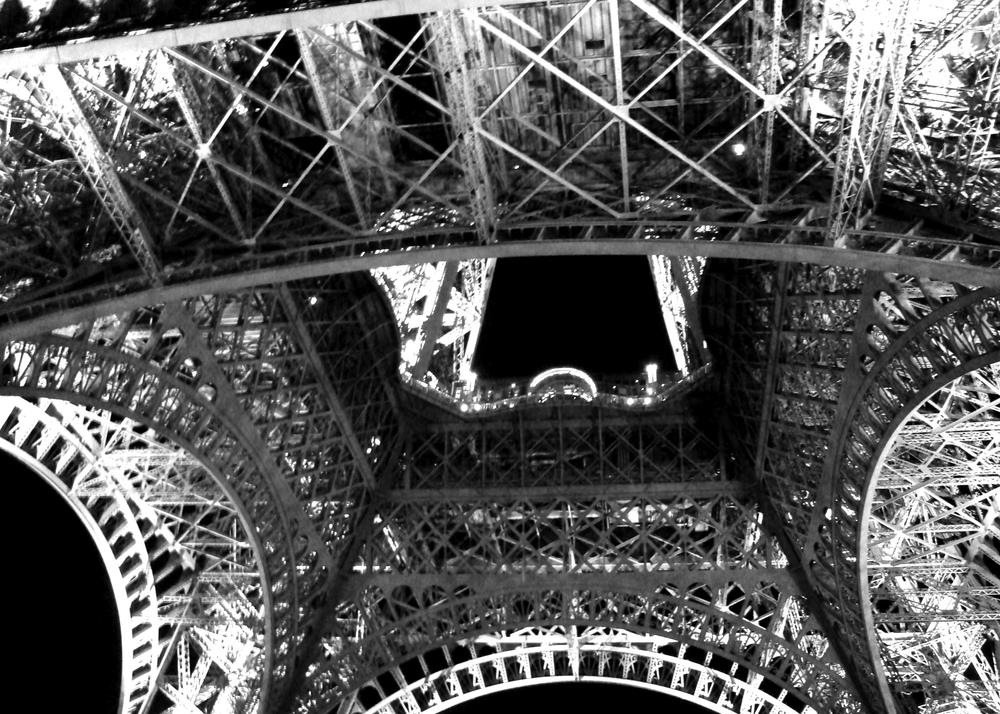Chapter 10. Graph Algorithms

A graph is a computation object that is used to model relationships among things. For example, constituent atoms within a molecule, components within an electrical circuit, and nodes in a communication network are all things that you can represent and manipulate as graphs. Trees are graphs with special properties, so you could represent a hierarchical chart or family tree as a graph. There is a lot of terminology involved with graph theory. The next few paragraphs give a quick overview of the basic terminology needed to study concurrent algorithms to compute with graphs. If you’re already familiar with graph theory terms, feel free to skip ahead a bit. Of course, if you’ve made it this far through the book, what’s another page and a half between reader and author?
A graph is made up of two finite sets: a set of nodes (or vertices) and a set of edges. Each node has a label to identify it and distinguish it from other nodes. Edges in a graph connect exactly two nodes and are denoted by the labels of the pair of nodes that are related. If you have a graph of three nodes—A, B, and C—the two edges connecting A with B and B with C would be written as (A,B) and (B,C).
A graph is directed if all edge pairs are ordered. Directed edges represent a one-way relationship from one node to another. If the node pairs are unordered, the graph is undirected. A directed graph ...
Get The Art of Concurrency now with the O’Reilly learning platform.
O’Reilly members experience books, live events, courses curated by job role, and more from O’Reilly and nearly 200 top publishers.

